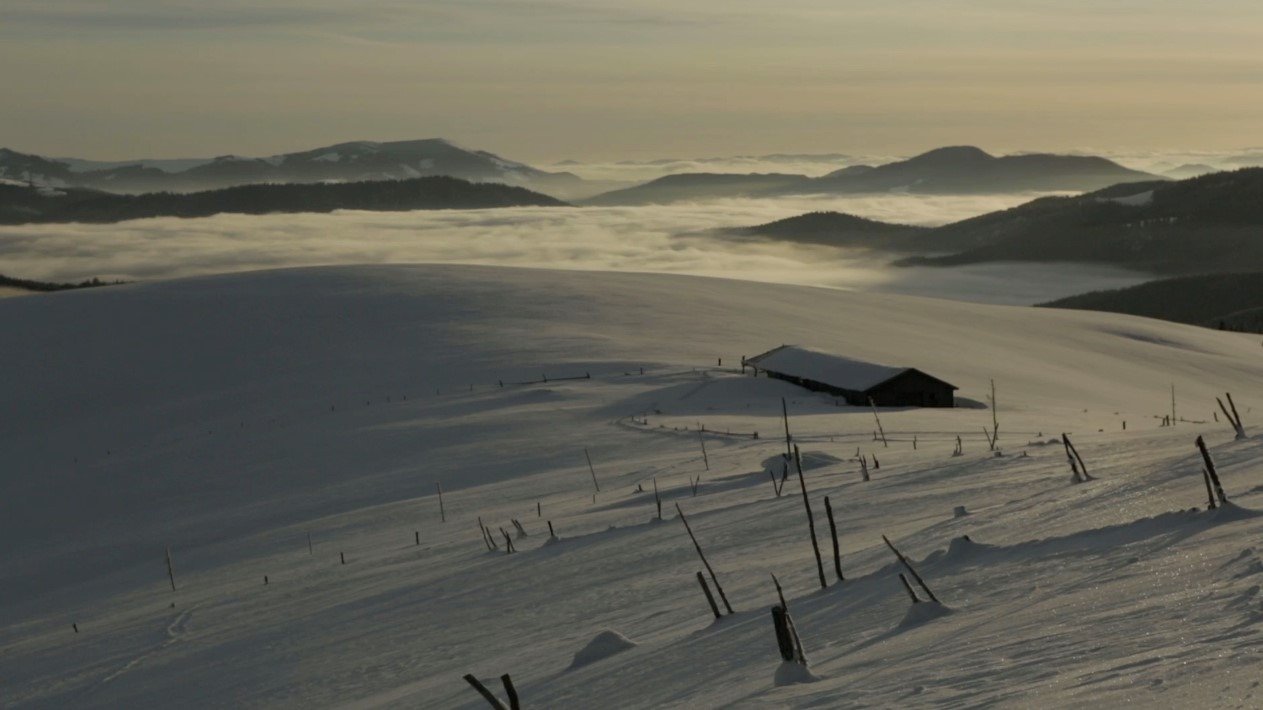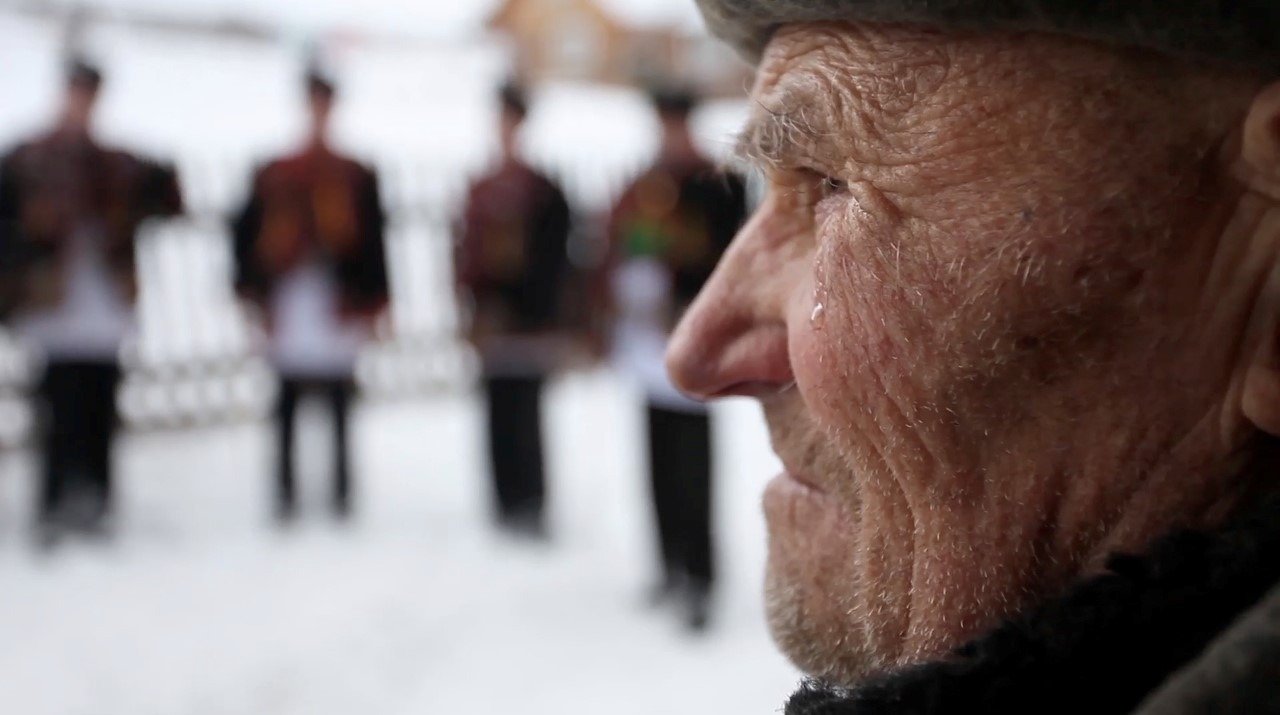
The Living Fire / Zhyva vatra
2014
Ukraine
National Cinematheque of Ukraine
77 min
Ostap Kostiuk
Ostap Kostiuk
Oleksandr Pozdniakov, Mykyta Kuzmenko
Ivanko Mykhailiuk, Lukian Toniuk, Ivan Besashchuk, Vasyl Toniuk, Kateryna Toniuk, Mariia Paranchych, Mykola Paranchych, Dmytryk Paranchych, Ivan Dariichuk, Ivan Sumaruk
Polonyna Radul is the last among over seventy in Verkhovyna, where the traditions of Hutsul sheep farming still thrive. Director Ostap Kostiuk observes the lives of shepherds across different generations who graze their herds every summer in the same areas their grandfathers did. The elder, head shepherd Ivan Besashchuk, can speak from his own experience about whether anything has changed here since the 1930s. The younger one and his namesake, Ivanko Mykhailiuk, like everyone else, attends school, but the things that truly interest him can only be learned here, far from “civilization.”
Hutsulshchyna remains a mecca for domestic tourism and amateur ethnography, inadequately explored through cinematic means. Kostiuk was born in Ivano-Frankivsk Oblast, spent ten years studying authentic music and the local way of life, and devoted four years to his debut feature film on this very subject. In the tragic year of 2014, The Living Fire toured national and international festivals as an intriguing antithesis to the Ukraine of war, dirty politics, and Chornobyl, which enjoy more stable demand by foreign viewership. The authentic language spoken in the film, nearly unchanged since the times of Petro Shekeryk-Donykiv, highlights distance from modern concepts of perception. The Living Fire required subtitles for Ukrainian audiences, yet the Western world easily recognized not some far away land, but surprisingly familiar highland culture that extends beyond national borders.
The Living Fire pays tribute to more than one disappearing tradition; it stands as one of the last notable productions of the National Kinemathek, better known as Ukrnaukfilm. The studio responsible for the heyday in Soviet Ukrainian documentary filmmaking soon declared bankruptcy after Ostap Kostiuk’s film was released. Kostiuk’s film adheres to the best standards of 20th-century documentary cinema: expressive portraits and landscape shots, carefully selected soundtracks, monologues, and the absence of fashionable among scholars distance between heroes and the director. Kostiuk insists on an emotional rather than analytical perception of the film’s events and the realities of his native Ivano-Frankivsk Oblast, yet he also demythologizes it: broken roads, asbestos roofs, second-hand clothing—and not a single “molfar” in sight.


